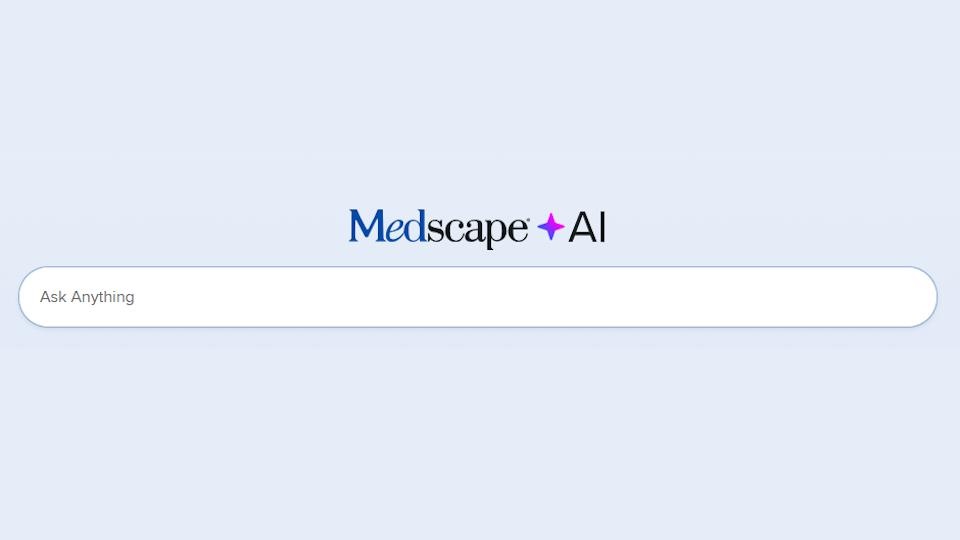Could GenAI auto-generate entire regulatory dossiers?

Generative AI (GenAI) technology is already transforming everyday regulatory and safety processes, thanks to its ability to digest, assess, and summarise key insights and findings from across vast and diverse bodies of existing content, and data - even as this is being continuously refreshed.
Pilot solutions are now available to help companies pre-empt Agency queries and build stronger marketing authorisation applications, with greater efficiency. Across 23 different languages, initial applications have seen more than a dozen fields of data extracted with 90% accuracy – with up to 80% faster processing and three times fewer handovers as is possible without GenAI use.1
The technology is also demonstrating powerful potential in monitoring and applying the latest market intelligence; for instance, as part of regulatory impact assessment/change management. Initial applications here, too, have yielded 50%-80% faster processing and, in this case, half the handovers compared to manual regulatory intelligence lookup and response.
And this is just the beginning. The most impactful scope is likely to be realised within the next two years. This will be the point at which regulatory teams are able to lean on the technology to collate and cross-check entire regulatory submissions automatically, with a quality review from regulatory professionals requiring just a fraction of the effort expended today. (Despite the increasing trend of data-oriented submissions, the reality of content-based dossiers is here to stay for now.)
GenAI’s rapid maturation
Large pharma organisations typically generate in the region of 600-800 submissions each month. Even a very modest time saving, of just one to two hours per submission, would make a substantial difference to associated cost and resource allocation.
Among the enablers of this automation leap, to the generation of entire submissions, are GenAI’s accelerating pace of advancement, its steady maturation, and the technology’s rapid acceptance.
Already, the technology is being used widely and with confidence to analyse and infer meaning from data and content across a wide range of formats, and distil what is needed into whatever the desired new format for the target context.
The next wave of developments in a life sciences regulatory context will build on this important progress, to enable end-to-end process transformation. Next use cases are set to include the provision of inline regulatory guidance to help users in submission compilation, generation of new draft submission content based on existing content, and cross-validation of final content against regulatory guidance and data.
These targeted GenAI applications will be able to identify and draw from the latest correct sources, to collate and repurpose the relevant information and fill the respective submission outline. This will automatically involve cross-checking with the company’s regulatory information management (RIM) system, assessing what has previously been submitted, and ensuring that the new submission is accurate and consistent.
Better submissions, delivered more cost-efficiently
Through all of this instant cross-referencing (which will ensure that the correct excipient/ingredient information has been used, for instance), GenAI will not only expedite submissions compilation; it will also improve the quality, accuracy, and success rate of submission updates.
Advanced automation could transform the efficiency of dealing with less developed markets, too. Emerging markets, many of which rely heavily on non-electronic files and lack format standardisation, together account for a sizeable proportion of the global life sciences opportunity.2 Growth in pharma sales in emerging markets is set to accelerate over the next decade, with medicine use in Latin America and Asia expected to rise faster than other regions over the next five years.3
The ability to streamline associated submissions with advanced end-to-end automation promises to be very powerful across these markets, to help companies navigate the differing requirements,4 deduce “what good looks like”, and swiftly collate and format what’s needed.
Putting in the groundwork now
Additional opportunities for GenAI in a regulatory affairs context include automated cross-checks to identify discrepancies and anomalies in data and its formatting, as part of companies’ efforts to get their IDMP data standardisation in order. Further possibilities include more efficient and effective maintenance of labelling compliance internationally across the product lifecycle, again boosted by automated, GenAI-enabled cross-referencing.
Testing out the possibilities will give companies a feel for how far GenAI can go, how quickly results can be reliably honed, and how much time and budget this could buy back for hard-pressed regulatory teams. Merely adding a GenAI capability isn’t all it takes, though. Companies will need to bolster their regulatory intelligence knowledge bases (e.g., non-public information and soft intelligence that has accumulated within companies based on their experience and direct HA relations). They will also need to continue the work they are doing to clean up, standardise, and unify their product data. The better the assets GenAI can draw from, the more reliable and transformational associated process automation initiatives will be.
References
- This is ArisGlobal’s own data from early customer pilots. Separately, McKinsey estimates that deploying next-generation AI to improve HA responses and their impact can reduce Agency follow-up by 50%.
- Emerging Markets Offer Pharma Its Next Growth Opportunity - National governments and global non-governmental organisations are trying to expand access to essential medicines and treatments in developing countries: Pharmacy Times, February 2024 https://www.pharmacytimes.com/view/emerging-markets-offer-pharma-its-next-growth-opportunity
- Latin America is one of the fastest-growing pharmaceutical markets in the world. With an increasing and aging population of 660 million people, it is forecast to grow at a compound annual growth rate (CAGR) of seven to ten percent between 2023 and 2027 (Statista, July 2024: https://www.statista.com/topics/12539/pharmaceutical-industry-in-latin-america/)
In 2024, the projected revenue for the Pharmaceuticals market in Asia is expected to reach a staggering US$238.10bn. The largest market within this industry is Oncology Drugs, with a projected market volume of US$40.67bn in 2024. (Statista, June 2024: https://www.statista.com/outlook/hmo/pharmaceuticals/asia) - Navigating Global Regulatory Requirements for Generic Drugs: A Comparative Study of MIST, BRICS, and ICH Countries, International Journal of Pharmaceutical Investigation, December 2023/updated February 2024: https://jpionline.org/article/32579












